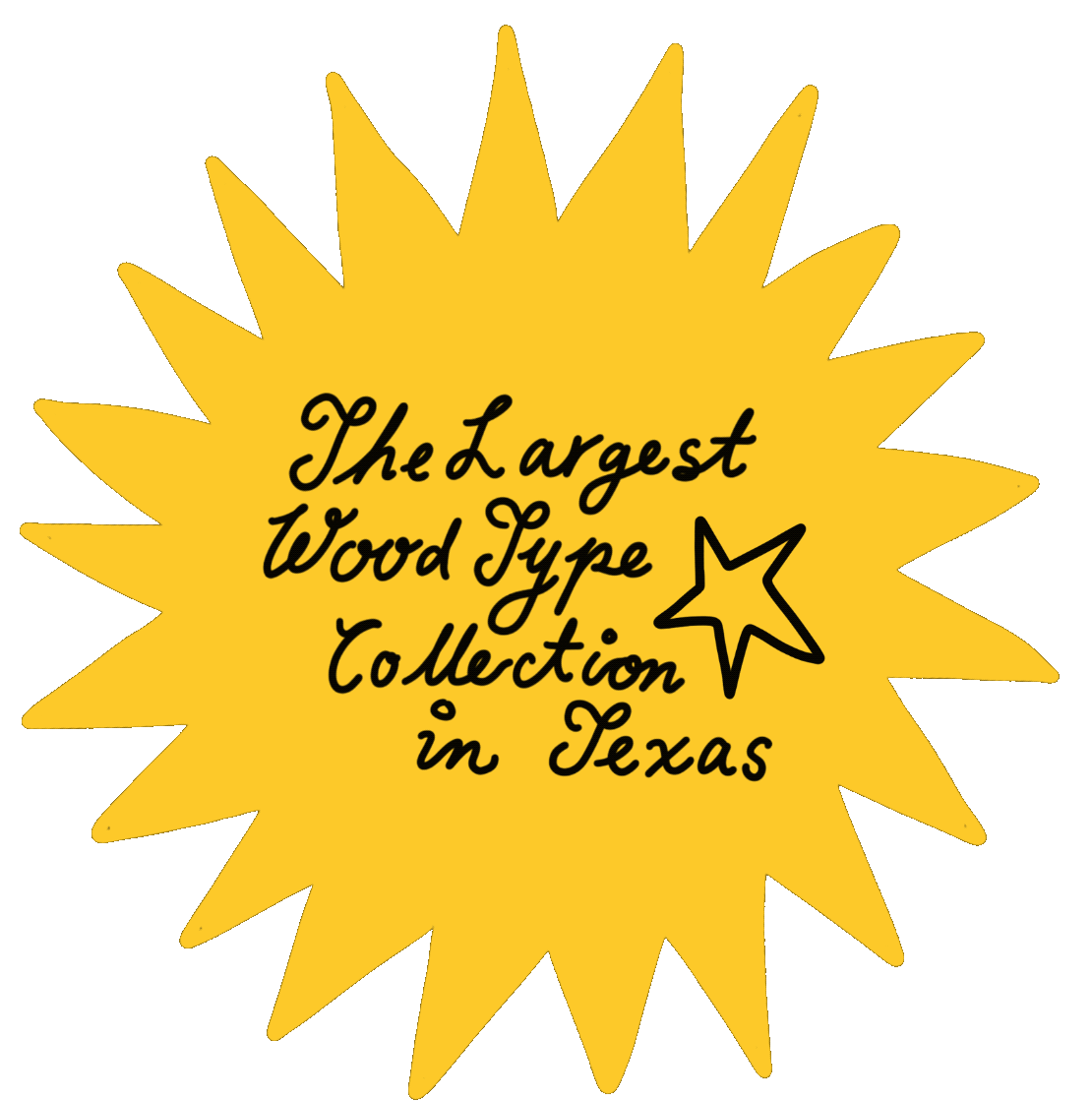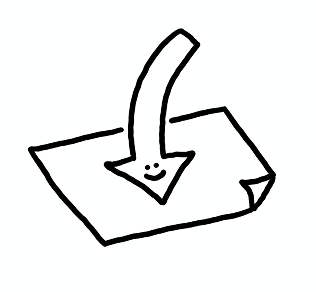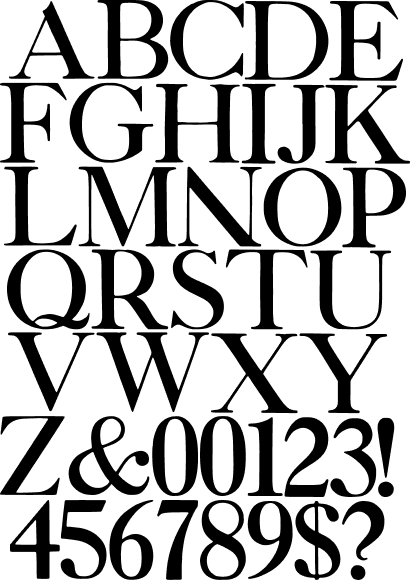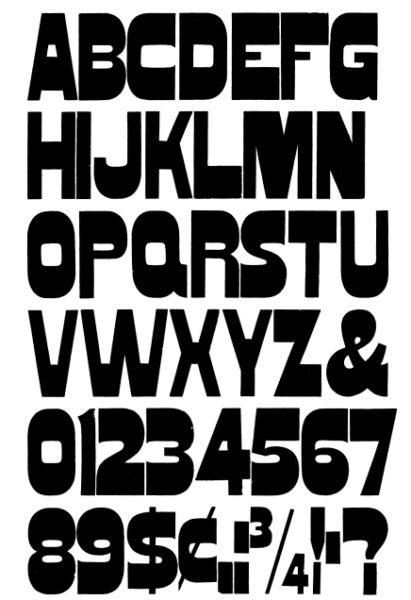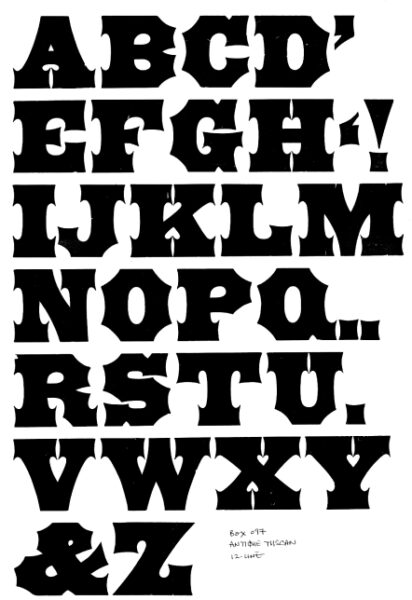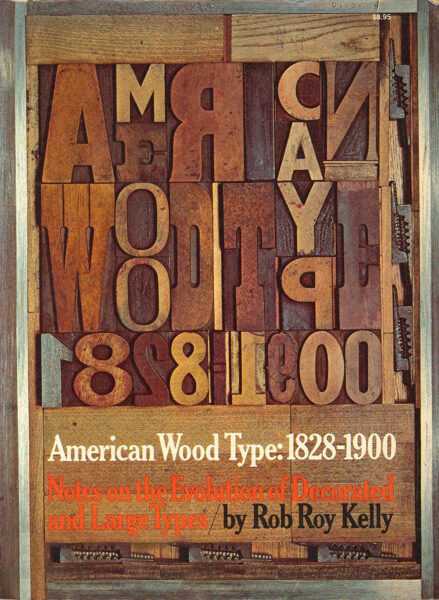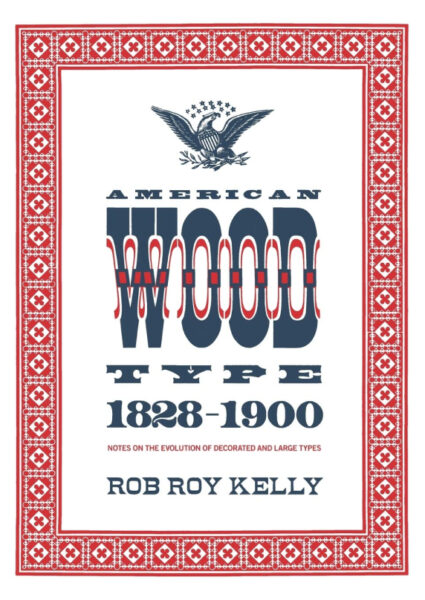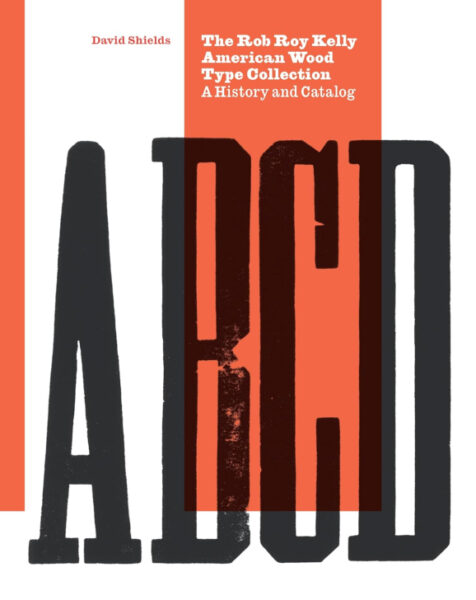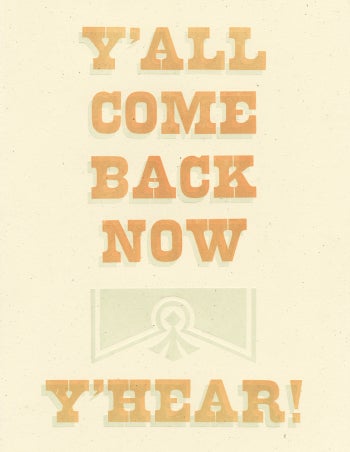The RRK
The Rob Roy Kelly American Wood Type Collection (the RRK) is a working archive of over 150 letterpress typefaces from the 1800s. The collection is a living body of artifacts and resources that continue to be utilized daily by students, faculty, and scholars of the greater design community. Under the care of the School of Design & Creative Technologies in the College of Fine Arts at the University of Texas at Austin, the collection thrives as a core component of our curriculum, research, and ongoing studies.
The collection consists of 166 typesets, almost 150 fonts, as well as a variety of borders, ornaments, and images. Connecting students with wood type is a core component of our departmental thesis. We seek to bridge the old and the the new—the analog and the digital—studying the tethering fibers of design history, and fostering new connections with our continued research.
The Collection Consists of
Four Style Categories, Over 150 Unique Faces, an Estimated 18,829 Pieces of Wood Type

plus Hundreds of Decorative Ornament, Border, & Image Blocks
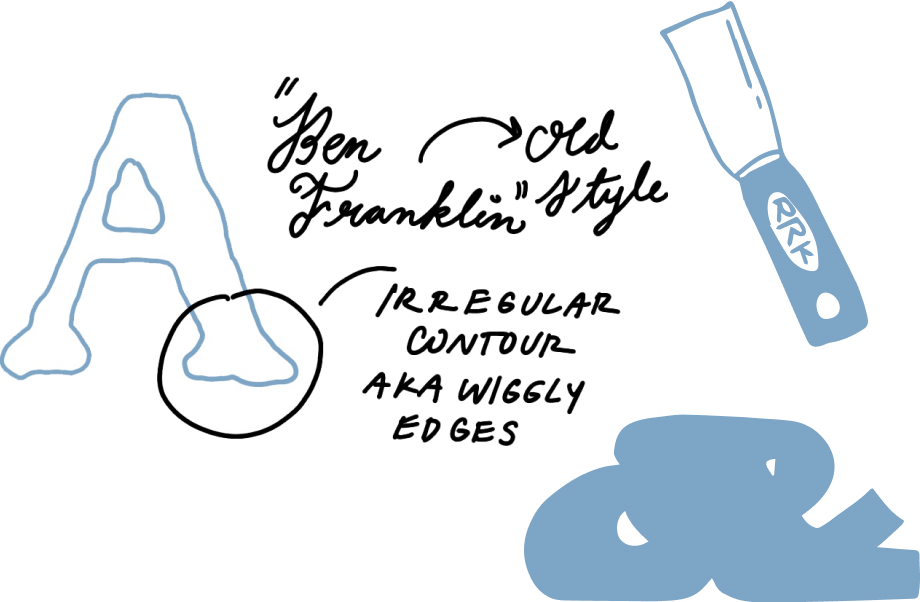
Roman
Roman has two substyles: Old and Fat Face. Revivals of Old Style roman typefaces were popular in both metal and wood from the 1850s onward. Fat Faces are display faces with exaggerated stroke contrast that pair very “fat” thick strokes with hairline serifs and thin strokes.
Explore Roman
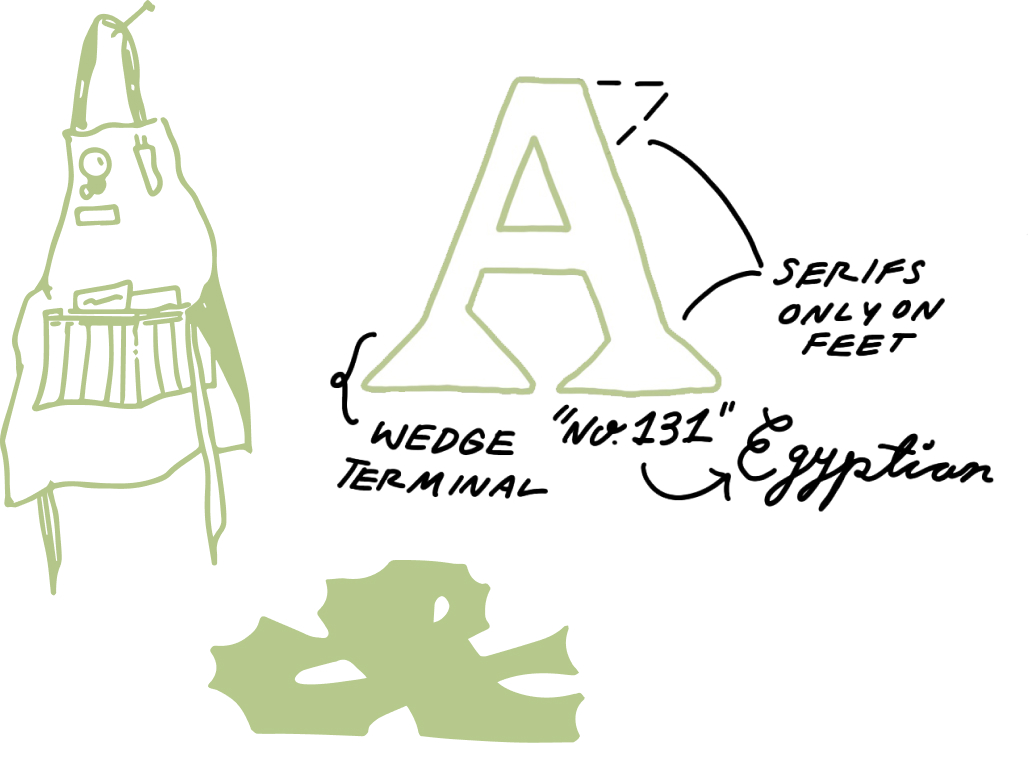
Antique
Antique has three sub-styles: Egyptian, Clarendon and Tuscan. Egyptian typefaces feature low stroke contrast and blocky, unbracketed slab serifs. Clarendons are characterized by higher contrast between thick and thin strokes and heavy, bracketed serifs.
Explore Antique
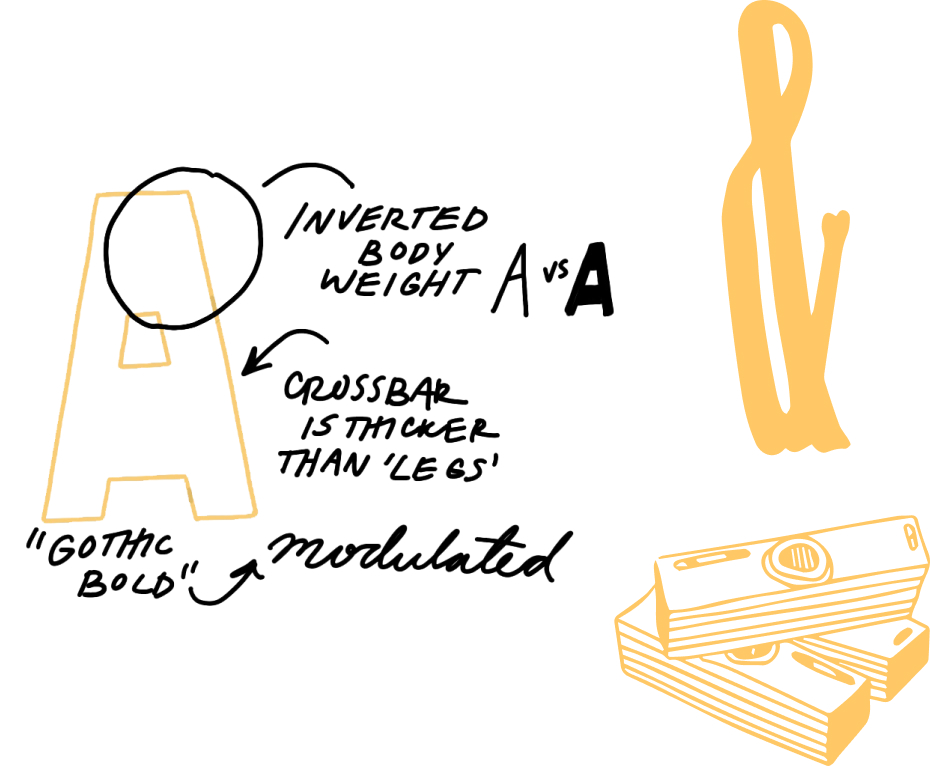
Gothic
Gothic has three sub-styles: Lineal, Modulated, and Tuscan. Lineal typefaces are low or no-contrast sans-serif faces. Gothic Modulated typefaces are sans-serif faces with stroke contrast. Gothic Tuscans are display faces characterized by low or no stroke contrast.
Explore Gothic

Script
Script has two sub-styles: Blackletter and Brush. Blackletter wood type is based on medieval and early Renaissance script styles. Brush Script wood type is modeled on nineteenth-century sign-painters’ informal script lettering styles; relatively few of these faces were produced.
Explore Script
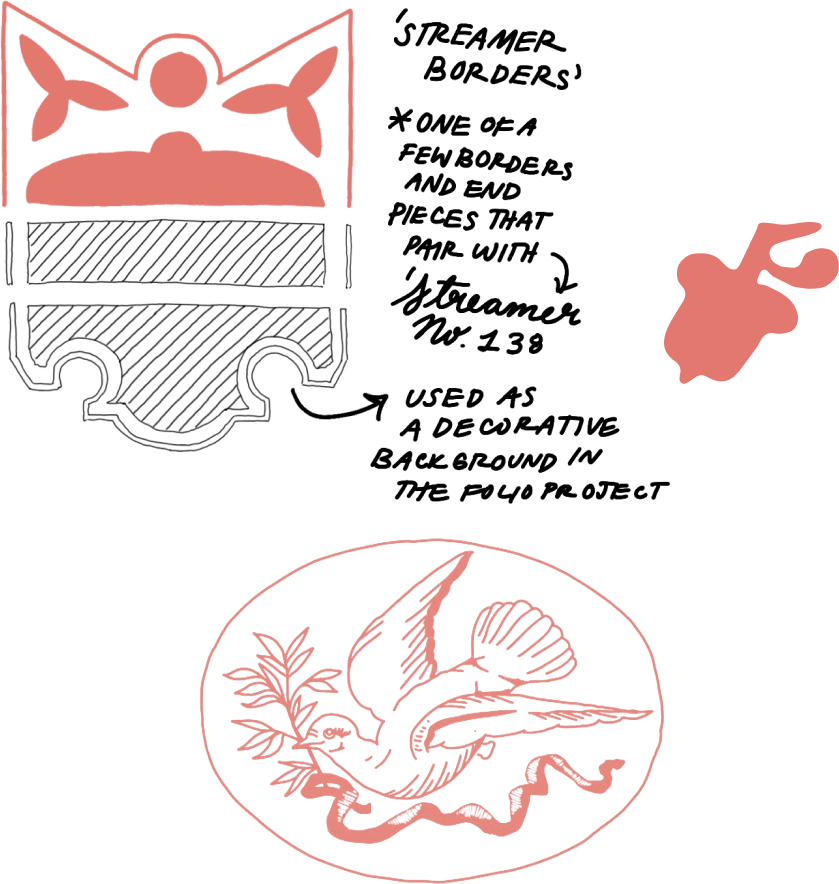
Decorative
Decorations include Chromatics, Border and Rule, and Ornaments. Chromatic types are made to be printed in two or more colors. The first wood type ornaments were the pointing hands variously known as Indexes or Fists.
Explore Decorative
The Archive
High resolution specimen scans of the entire collection are available to download, for viewing and for working with the type in a digital space. They are not working digital fonts, only images. They are ideal for hand-setting in Adobe Photoshop or Illustrator.
This archive is the result of many years of meticulous work. We appreciate your support of our on going efforts!
The Books
There have been are two monographs published about the RRK collection—one by Kelly himself, first printed in 1969, and reissued in 2010 with a new forward by David Shields.
The second was published in 2022 by UT Press, and was written and designed by Shields, a foremost scholar of wood type, and former head of the UT Design program. The current state of the collection is largely owed to David’s support and ongoing research.
Type In Use
Images of projects that use type from the Rob Roy Kelly American Wood Type Collection.
